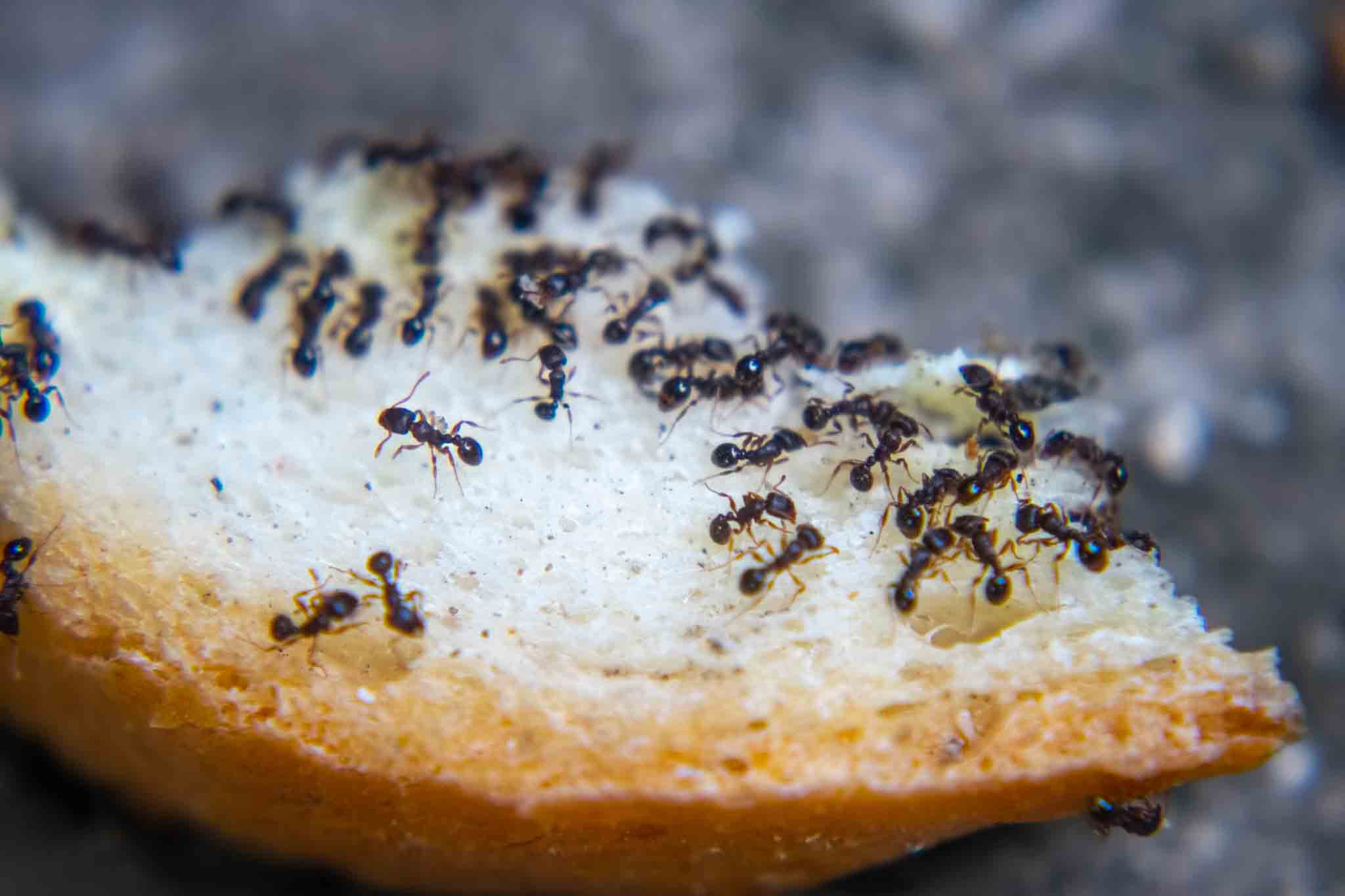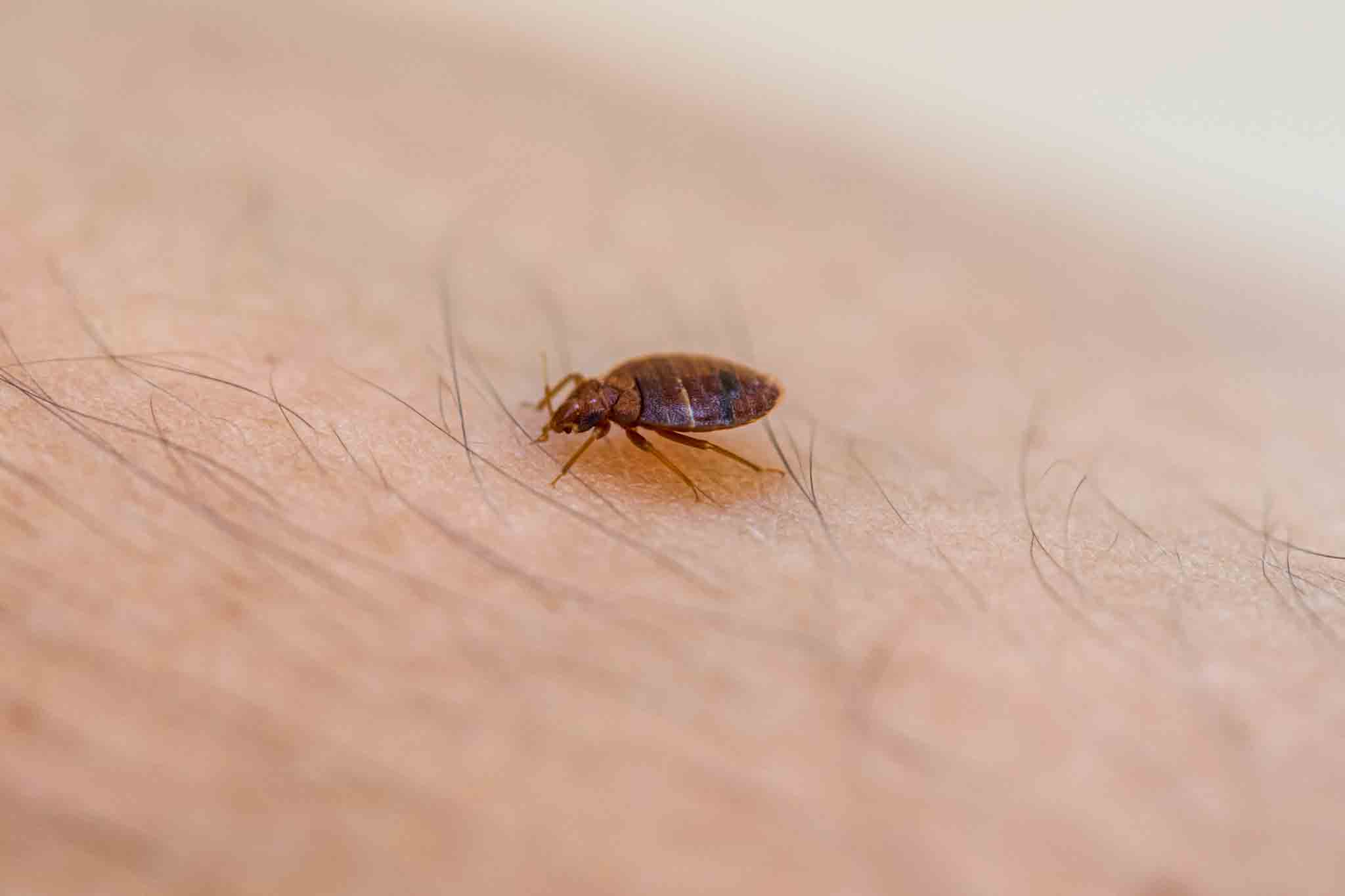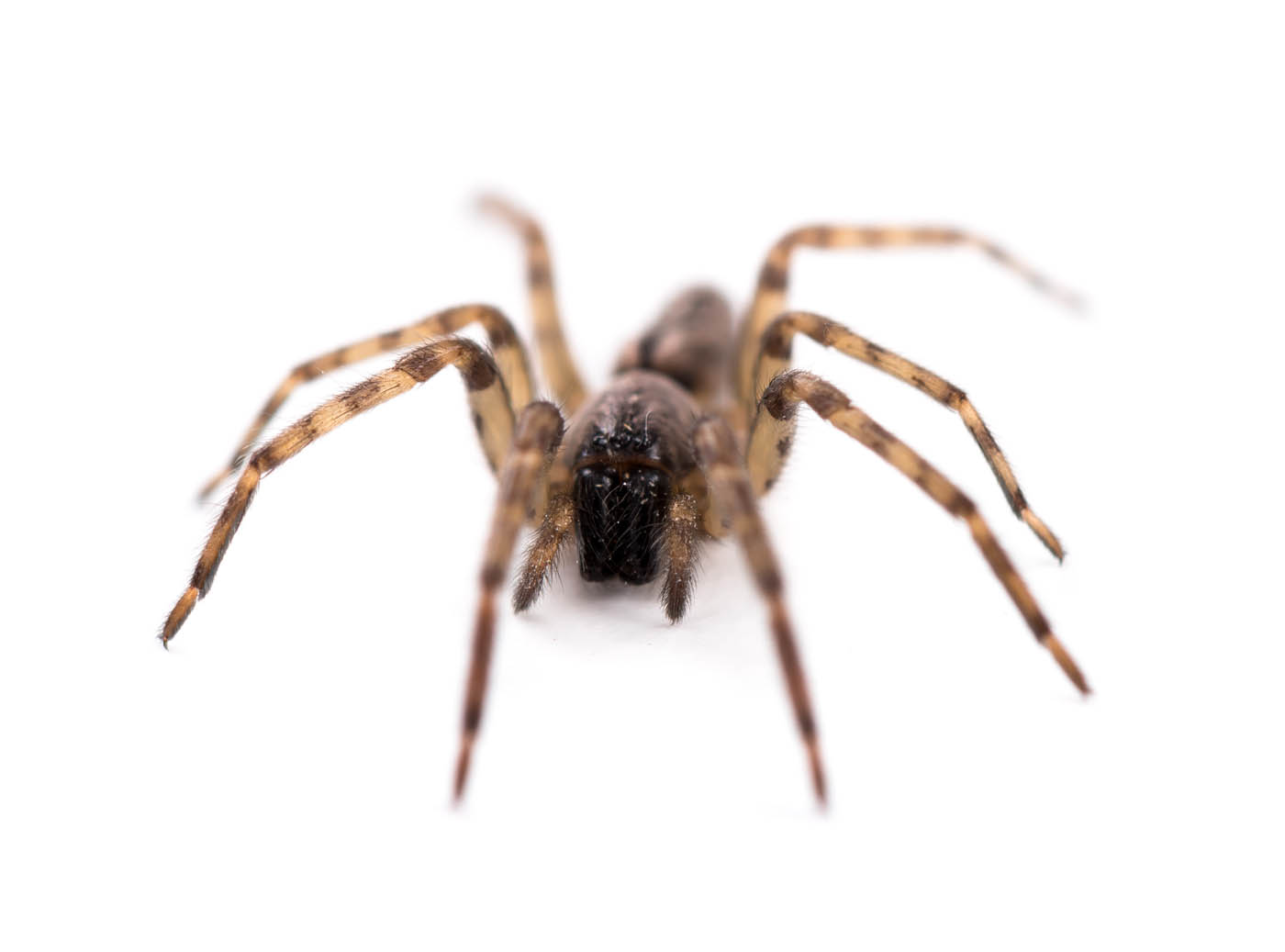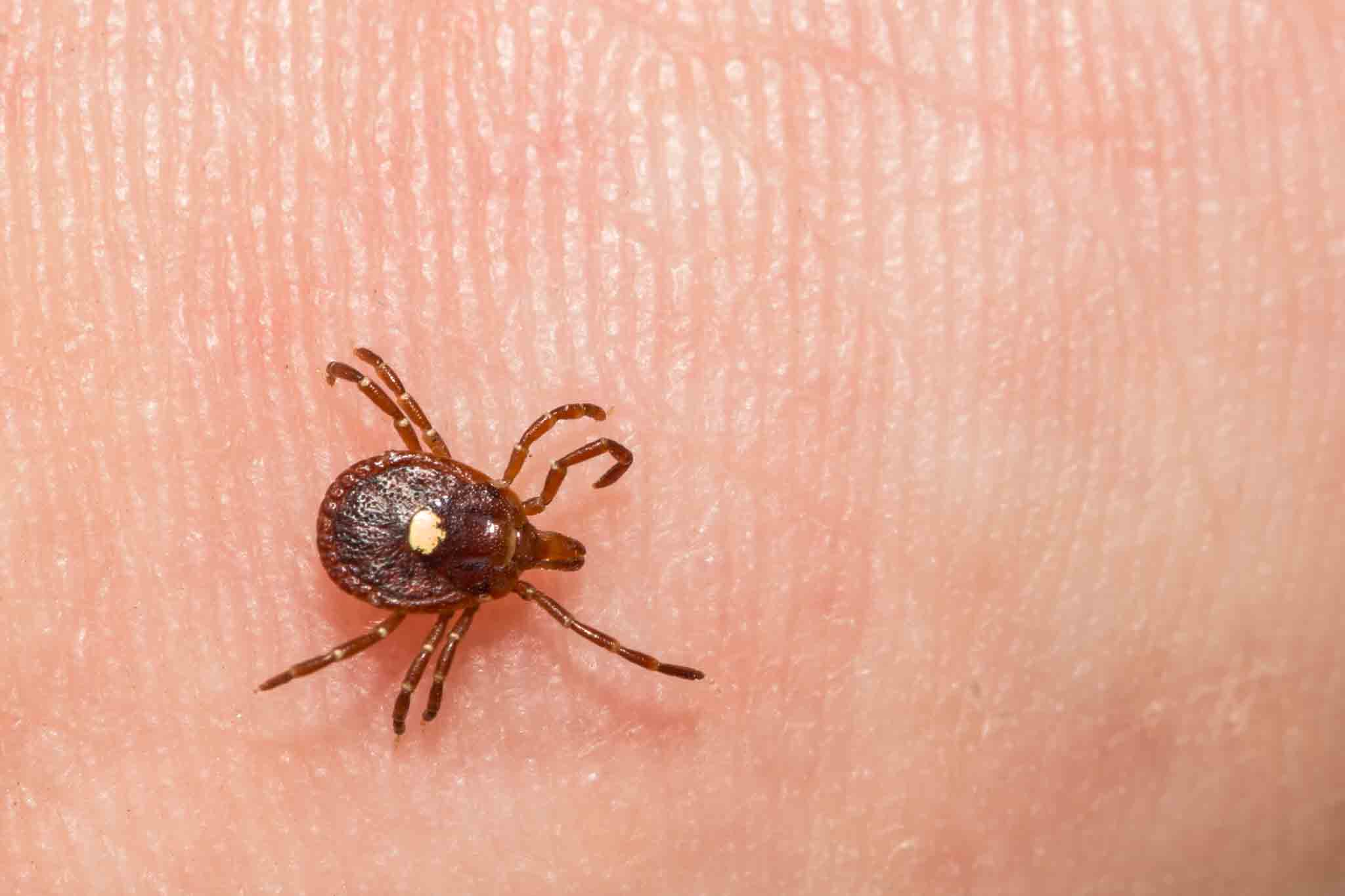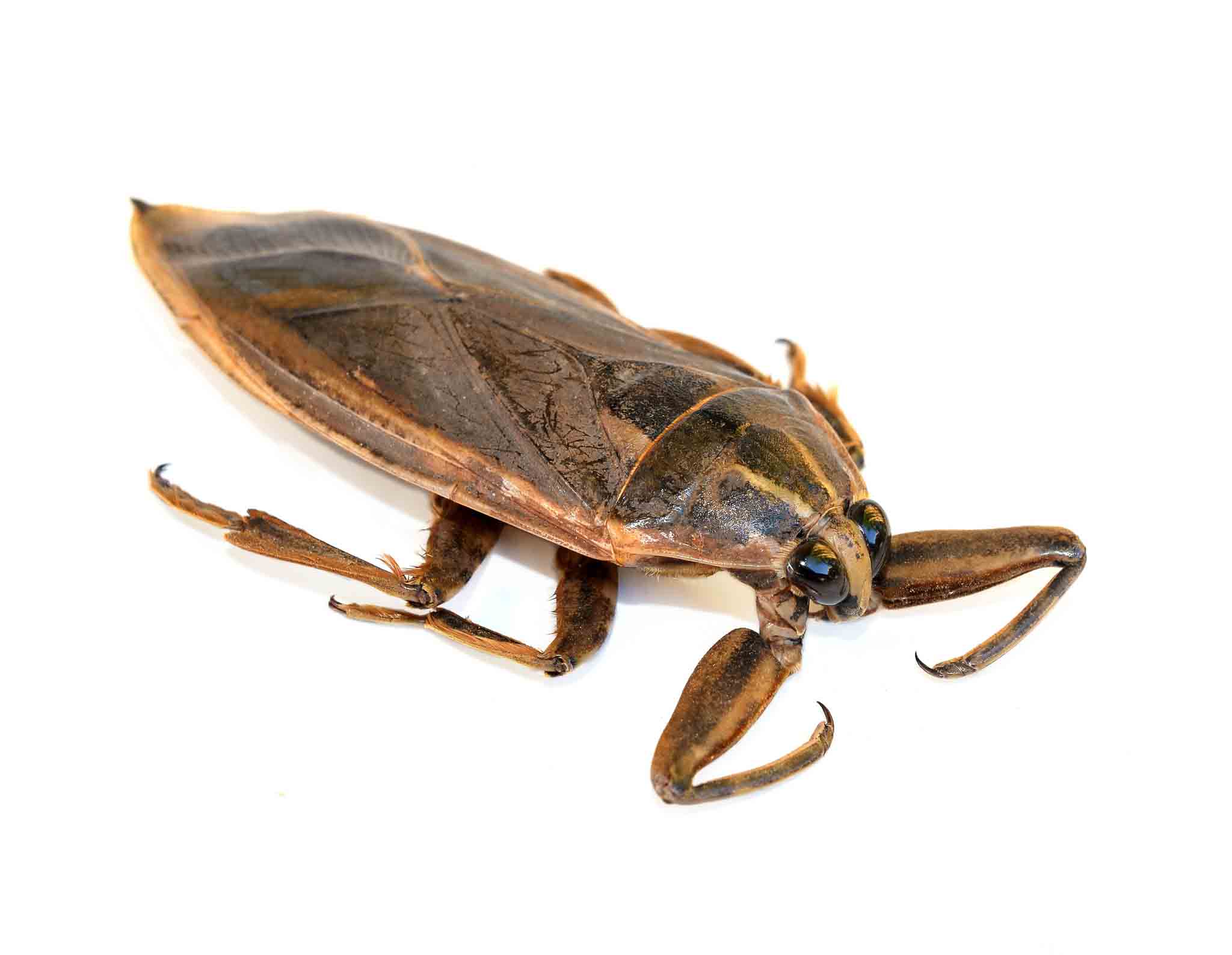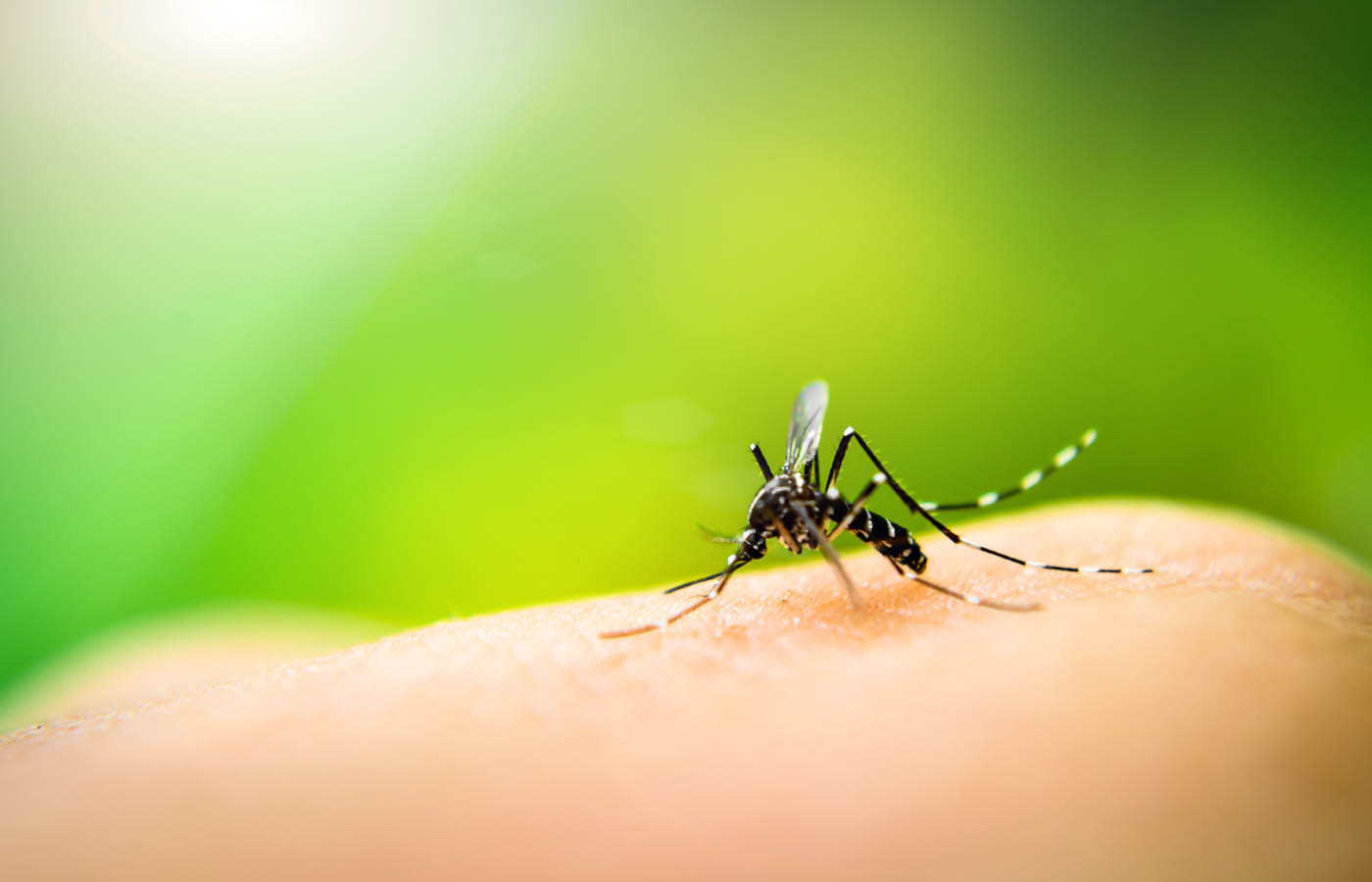Back To Blog
One of the Most Poisonous Spiders in New York: Black Widow Oct. 27th 2014
What Is One of the Most Venomous Spiders in New York? Many states have upwards of five or six different species of venomous spider, desert states have up to eight or nine, and Texas has a full 11 different ones. For New York, one of the venomous spiders is Black Widow.
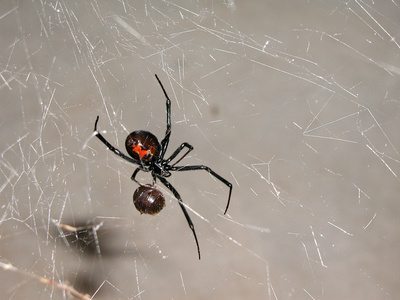
What Is One of the Most Venomous Spiders in New York?
Many states have upwards of five or six different species of venomous spider, desert states have up to eight or nine, and Texas has a full 11 different ones. For New York, one of the venomous spiders is Black Widow.
When people think of venomous spiders, their minds usually go to the Amazon rainforest or the Australian outback. Less associated with the United States of America than some far off, wildland, there are still plenty of venomous spiders traipsing around the good ol' USA.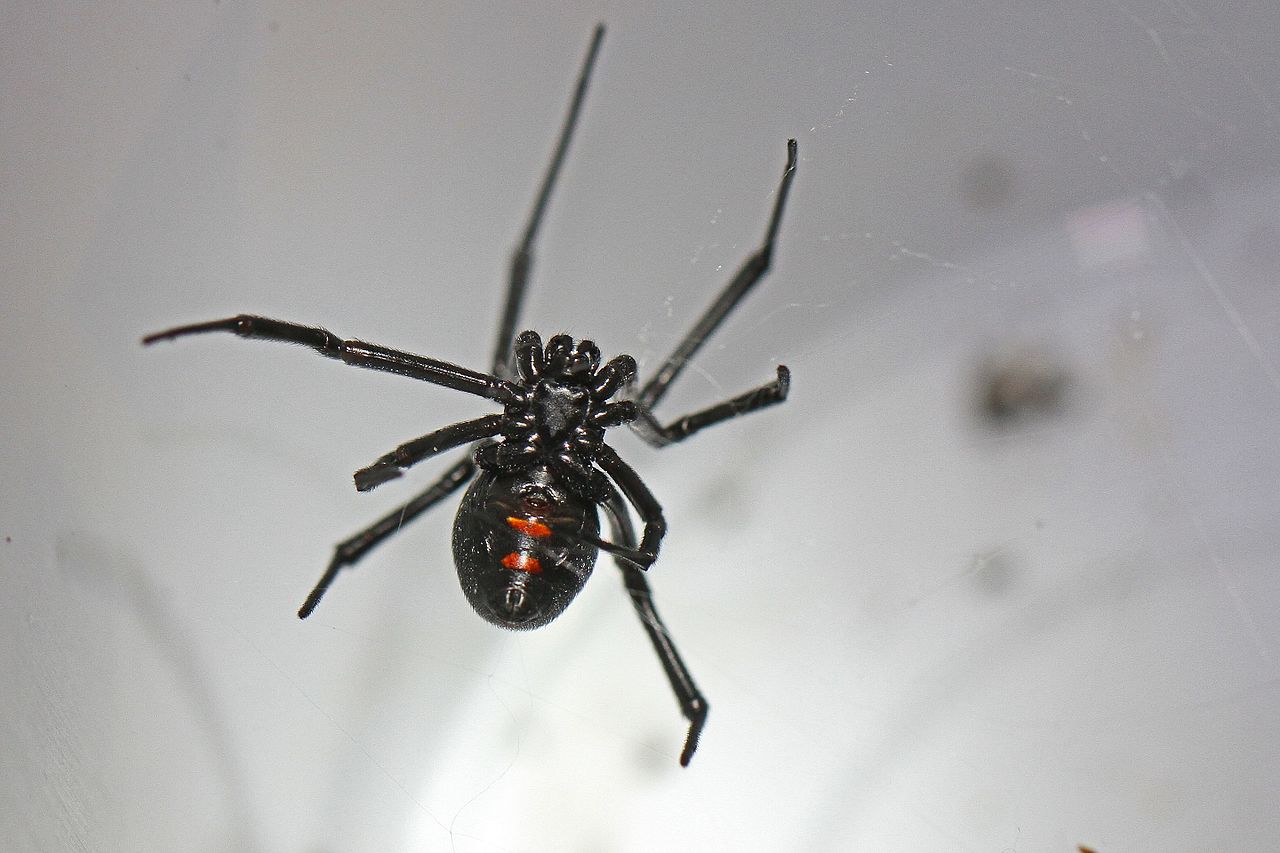 Northern Black Widow
Northern Black Widow
The Northern Black Widow
Many states have upwards of five or six different species of venomous spider, desert states have up to eight or nine, and Texas has a full 11 different ones! Here are some facts you should know about the Northern Black Widow:- They are jet black, with a glossy sheen, and feature the trademark red hourglass marking on their underside
- The female of the species is considered dangerous, while the much smaller male is considered harmless
- They are nocturnal
- They are typically not aggressive, only resorting to biting as a defense when they feel threatened or attacked
- Black Widow webs look more like cobwebs than typical spider webs
- You can find them mostly where it will be dark and the web will be protected from the weather: areas such as under logs and rocks; in cracks and crevices; and in woodpiles, sheds, garages or barns
Yellow Sac Spider vs. Brown Recluse vs. Black Widow Spiders
The yellow sac spider is named for its pale yellow color that covers its entire body accompanied by a large set of fangs. The yellow sac spider weaves small sacs to protect themselves and their young. Unlike most spiders, the yellow sac spider is unable to spin a web. Instead, these spiders are often found on plants inside of homes searching for prey. These were once the only spider in New York considered being venomous to humans, until the arrival of the black widow. The yellow sac spider has venom that will cause itchy sores on your skin. In fact, it's virtually impossible to tell the difference between a sac spider bite from a brown recluse bite. Both spider bites will appear red, with mild swelling and a pain reminiscent of a bee-sting. A brown recluse bite takes longer to heal - two to three months while sac spider bites will heal in a much shorter time from of days or weeks. Rest Easy Pest Control will remove the yellow sac spider from your home and protect you from their venomous bites.Black Widow Spiders' Steel-Strength Silk Webs
Despite spiders' negative impact on humans, scientists have long researched on how to create strong synthetic materials equal to steel-strength fibers produced by the black widow spiders. A new study about spider silks at Northwestern University and San Diego State University has successfully revealed the convoluted process of how black widow spiders transform their proteins into steel-strength silk webs. By using the most advanced techniques like nuclear magnetic resonance and electron microscopy, the researchers found that the protein gland where the silk fibers come from isn't as simple as what the previous research hypothesized. Instead, the protein stored in the spider's abdomen consists of much more unique and complex molecules. The finding can help scientists replicating the process to produce strong materials such as high geared textiles for military and athletes, cable bridges, and substitute of plastics.What About Daddy Long Legs?
As legend has it, the spiders commonly referred to as Daddy Long Legs are the most venomous spiders in existence, but�what luck!�human beings are in the clear because the small arachnids' jaws aren't strong enough to penetrate our skin. The persistence of this story seems to speak to a certain need in us to find power and strength in the unlikeliest of places. Of bigger, stronger animals brought low by unexpected forces.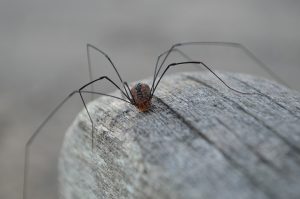 Daddy Long Legs or Harvestmen
Unfortunately, it's a total misconception. For starters, no one's even sure what exactly a Daddy Long Legs is! There are many different spiders and two distantly related arachnids that carry the handle from time to time, though if it's an actual spider you're talking about, it's probably a cellar spider.
Found everywhere on Earth except Antarctica, they usually prefer warm, dry places or dark, damp recesses, fashioning tangled webs in whatever corners they find and from which they go about their daily business.
Make no mistake, now: these babies are true killers. They just don't pose any threat to humans whatsoever. Here are some facts about harvestmen aka Daddy Long Legs:
Daddy Long Legs or Harvestmen
Unfortunately, it's a total misconception. For starters, no one's even sure what exactly a Daddy Long Legs is! There are many different spiders and two distantly related arachnids that carry the handle from time to time, though if it's an actual spider you're talking about, it's probably a cellar spider.
Found everywhere on Earth except Antarctica, they usually prefer warm, dry places or dark, damp recesses, fashioning tangled webs in whatever corners they find and from which they go about their daily business.
Make no mistake, now: these babies are true killers. They just don't pose any threat to humans whatsoever. Here are some facts about harvestmen aka Daddy Long Legs:
- They hunt, kill, and eat other spiders, including some aggressive and venomous ones like the hobo spider or redback
- According to one scientist, the Daddy Long Leg spider has never attacked a human and has never been a danger to humans
- Their jaws are plenty strong enough to bite into human skin; it's just that when they do, the venom is mostly harmless
